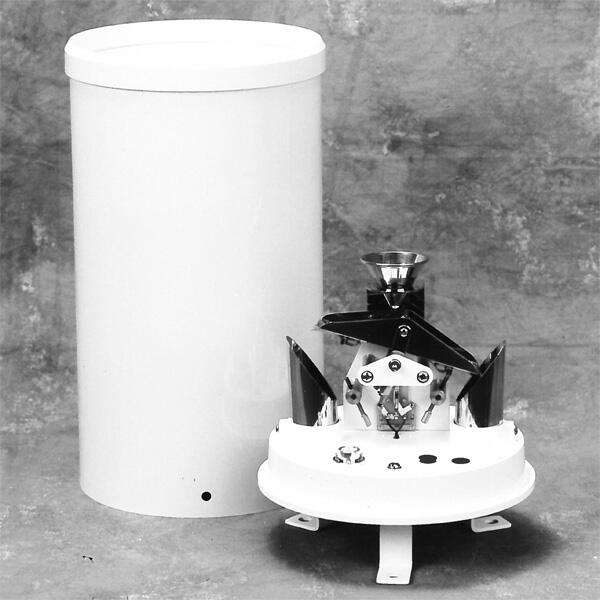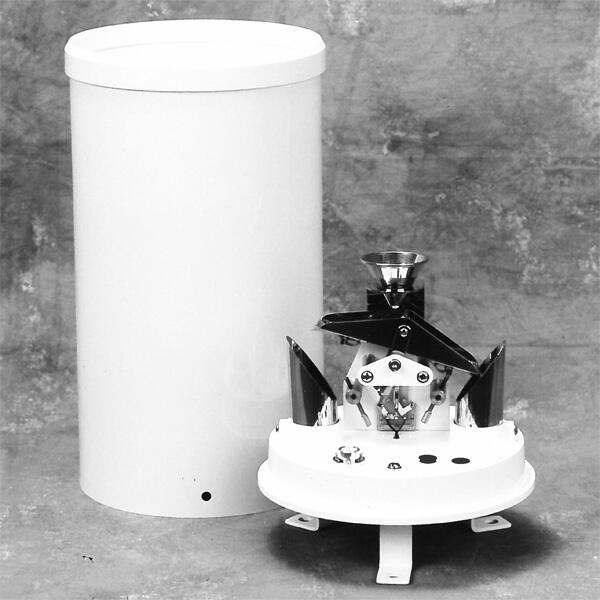
# Rain Gauge Description: Understanding Its Function and Design
A rain gauge is a simple yet essential tool used to measure the amount of precipitation that falls over a specific area during a given time period. It is widely used in meteorology, agriculture, and environmental studies to monitor rainfall patterns and make informed decisions. In this article, we will explore the function, design, and importance of rain gauges.
## What is a Rain Gauge?
A rain gauge is a device designed to collect and measure the amount of liquid precipitation, primarily rain, that falls in a particular location. It provides accurate data that helps in understanding weather patterns, predicting floods, and managing water resources. Rain gauges come in various shapes and sizes, but they all serve the same fundamental purpose: to quantify rainfall.
## How Does a Rain Gauge Work?
The basic principle of a rain gauge is straightforward. It collects rainwater in a cylindrical container and measures the depth of the water accumulated. The measurement is typically recorded in millimeters or inches, representing the height of the water column. Some advanced rain gauges use electronic sensors to automatically record and transmit data, while traditional models rely on manual readings.
### Key Components of a Rain Gauge
A standard rain gauge consists of the following components:
– **Collecting Funnel**: A wide funnel that directs rainwater into the measuring tube.
– **Measuring Tube**: A narrow tube calibrated to measure the volume of collected water.
– **Overflow Canister**: A secondary container that captures excess water if the measuring tube overflows.
– **Mounting Stand**: A stable base or stand to keep the rain gauge upright and secure.
## Types of Rain Gauges
Rain gauges can be categorized into several types based on their design and functionality:
1. **Standard Rain Gauge**: Also known as a manual rain gauge, this type requires regular manual readings. It is simple, cost-effective, and widely used in home gardens and small-scale applications.
2. **Tipping Bucket Rain Gauge**: This automated gauge uses a small bucket that tips when it fills with a specific amount of water. Each tip corresponds to a fixed volume of rainfall, which is recorded electronically.
3. **Weighing Rain Gauge**: This type measures rainfall by weighing the collected water. It is highly accurate and often used in professional meteorological stations.
4. **Optical Rain Gauge**: This advanced gauge uses light beams to detect and measure raindrops as they pass through the device. It is commonly used in research and aviation.
## Importance of Rain Gauges
Rain gauges play a critical role in various fields:
– **Meteorology**: They provide essential data for weather forecasting and climate studies.
– **Agriculture**: Farmers use rainfall data to plan irrigation and crop management.
– **Hydrology**: Rain gauges help monitor water resources and predict potential flooding.
– **Environmental Monitoring**: They assist in tracking changes in precipitation patterns due to climate change.
## Conclusion
Rain gauges are indispensable tools for measuring and understanding precipitation. Their simple yet effective design makes them accessible for both personal and professional use. Whether you’re a weather enthusiast, a farmer, or a scientist, a rain gauge can provide valuable insights into the world of rainfall and its impact on our environment. By understanding how rain gauges function and their various designs, we can better appreciate their role in shaping our knowledge of weather and climate.
Keyword: rain gauge description
